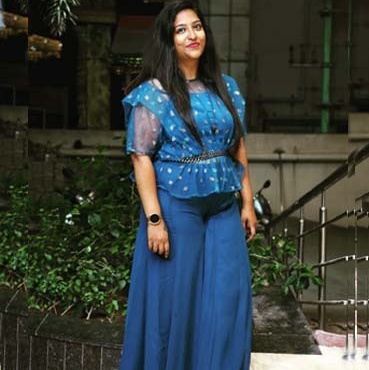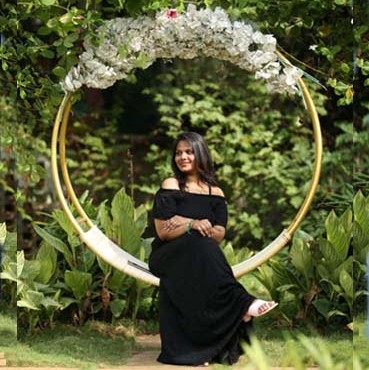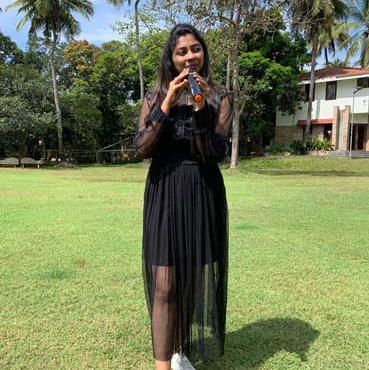Selvam
The choice of lighting at an event is a crucial element that can significantly influence the atmosphere, mood, and overall experience for attendees. Lighting sets the tone and ambiance, transforming a space into something unique and tailored to the event’s theme or purpose. Here are a few ways in which lighting impacts events:
- Atmosphere and Mood: Different lighting techniques, colours, and intensities can evoke various emotions and feelings. Warm, soft lighting might create a cosy and intimate atmosphere for a wedding, while bright and dynamic lighting could energize a corporate conference or a music concert.
- Aesthetic Enhancement: Lighting can highlight architectural features, decorations, and focal points within a venue. Properly placed lights can draw attention to specific areas, creating a visually appealing and aesthetically pleasing environment.
- Thematic Consistency: The right lighting can reinforce the event’s theme or message. For example, a futuristic theme might call for sleek and contemporary lighting designs, while a vintage-themed event might benefit from softer, classic lighting setups.
- Branding and Identity: Lighting can be used to incorporate brand colours and logos into the event space, reinforcing the brand’s identity and ensuring consistency across all event elements.
- Audience Engagement: Dynamic lighting effects, such as moving lights or interactive installations, can captivate attendees’ attention and keep them engaged throughout the event.
- Photography and Videography: Proper lighting is essential for high-quality event documentation. Professional lighting setups can ensure that photographs and videos capture the event’s essence in the best possible way.
- Highlighting Performances: For events with live performances, lighting can enhance the stage presence of performers, creating a captivating visual experience that complements their act.
- Transition and Flow: Lighting changes can signal transitions between different parts of an event, guiding attendees smoothly from one activity or area to another.
- Personalization: Lighting can be tailored to suit different segments of the event. For instance, softer lighting might be used during meal times, while dynamic lighting could be employed for entertainment segments.
- Time of Day: Lighting can compensate for natural light changes throughout the day, ensuring the event’s atmosphere remains consistent regardless of the outdoor lighting conditions.
Considering all these factors, it’s clear that the choice of lighting isn’t just a technical detail, but an artistic and strategic decision that event planners and designers carefully consider to create a memorable and impactful experience for attendees.






Add Comment